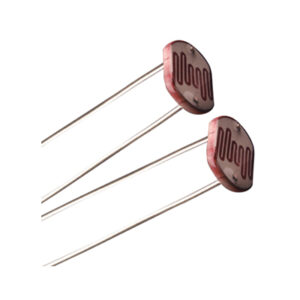Brushless DC motor may be described as electronically commutated motor which do not have brushes. These types of motors are highly efficient in producing large amount of torque over a vast speed range.
Why BLDC motors?
The brushes in conventional D.C motors wear out over the time and may cause sparking. This is illustrated in the Fig.1. As a result the conventional D.C motors require occasional maintenance. Controlling the brush sparking in them is also a difficult affair.
Thus the brushed D.C motor should never be used for operations that demand long life and reliability. For this reason, BLDC motors are used in most of the modern devices. Efficiency of a BLDC motor is typically around 85-90%, whereas the conventional brushed motors are only 75-80% efficient. BLDC motors are also suitable for high speed applications (10000 rpm or above). The BLDC motors are also well known for their better speed control.
The Basic working:
The rotor and stator of a BLDC motor are shown in the Fig.2. It is clear that, the rotor of a BLDC motor is a permanent magnet.
The stator has a coil arrangement, as illustrated; the internal winding of the rotor is illustrated in the Fig.3 (core of the rotor is hidden here). The rotor has 3 coils, named A, B and C.
Out of these 3 coils, only one coil is illustrated in the Fig.4 for simplicity. By applying DC power to the coil, the coil will energise and become an electromagnet
The operation of a BLDC is based on the simple force interaction between the permanent magnet and the electromagnet. In this condition, when the coil A is energised, the opposite poles of the rotor and stator are attracted to each other (The attractive force is shown in green arrow). As a result the rotor poles move near to the energised stator.
As the rotor nears coil A, coil B is energised. As the rotor nears coil B, coil C is energised. After that, coil A is energised with the opposite polarity.
This process is repeated, and the rotor continues to rotate. The DC current required in the each coil is shown in the following graph.
- For more information please visit: tenettech.com
- For technical query please send an e-mail: info@tenettech.com













